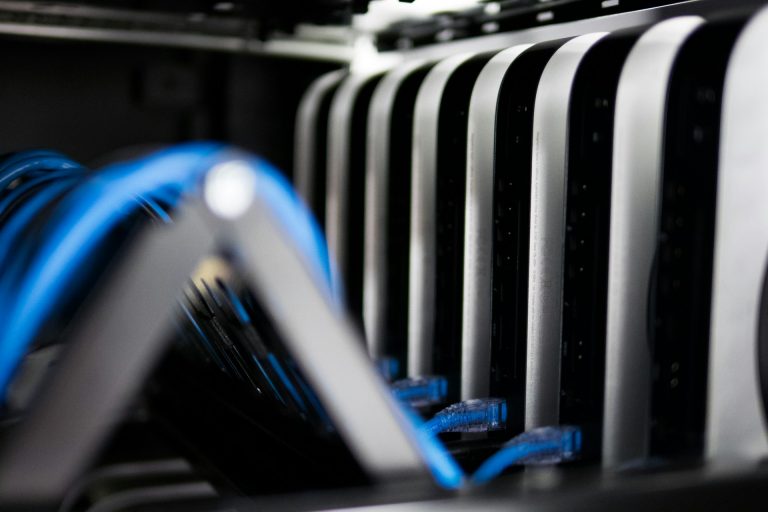There has been a dramatic increase in the sheer volume of updates issued to regulated businesses, especially in the financial services sector. With an estimated 300million+ pages of regulatory documents published by 2020 and over 200 amendments per day, it has left those companies dependant on the manual monitoring carried out by staff vulnerable to fines for non-compliance.
As the pace of change shows no sign of slowing, regulatory compliance and staying ahead of compliance requirements requires a new approach. New technology in the form of artificial intelligence (AI) shows great potential for compliance professionals across the financial services sector. AI may well be the key to less reliance on the human factor, streamlining company compliance with ever-changing regulatory needs. For compliance professionals, this could be the key to industry disruption the likes of which have rarely been seen.
The Growth of Technology in Regulatory Compliance
AI is the most promising of emerging technologies when it comes to compliance. As AI becomes more powerful and useful, it may quickly overtake existing tech tools used by compliance professionals. This will make the workflow much easier to maintain for those institutions that rely on regulatory compliance. Staying up to date on regulatory demands is traditionally a manual task, made slightly easier in recent years via personalized alerts and industry news feeds. However, it is still a time-consuming and laborious task that requires an in-depth knowledge of compliance and institutional needs. AI uses a combination of technologies in a Cloud environment, including:
- Natural Language Processing
- Computer Vision (image-based learning)
- Machine Learning
AI works by combining these technologies and means that massive amounts of data can be stored and processed. This allows AI to manage increasingly sophisticated functions.
Removing the Human From Compliance?
Technology has already led to the disruption of many industries, destroying previously safe brand names and seeing them usurped by the new. Think Netflix and Uber vs. Blockbuster and your local taxi firm. However, when it comes to compliance, it is less about disrupting or removing the human factor. Instead, it is more about creating a balance that includes both people and AI working together. Some in the financial sector are under the impression that AI and regulatory compliance will not quite meet. But there are AI tools already available that are designed to manage regulatory compliance more easily, those institutions that fail to integrate the human and the machine in their growing need for improved and faster compliance are bound to fall behind.
AI as a Tool
Many people believe that AI is a threat to human employment, and not without good reason. However, when it comes to compliance, AI is a tool, not a replacement. When it is used in the right way, AI can vastly improve the efficiency of a business. For those companies that have regulatory compliance to maintain for the protection of their customers, AI has the potential to maintain and improve existing standards as they change. Unlike accounting, where AI could be the nail in the coffin for the human factor of that industry, regulatory compliance is not just reliant on hard data. It also includes specifically human decisions that require ethical considerations and a sense of responsibility. The current level of AI is staggering, but it remains a tool to make use of rather than a replacement for the human factor.
Within the next decade, AI is set to be everywhere we go. Most people already carry a phone that has AI capabilities. It is expected that, over the next few years, there will be a structural shift in the standard compliance structure. A combination of people, AI, and automation is the key to a more robust overview of an institution’s compliance state. With humans making the decisions, backed up by the incredible processing power and analysis of AI, the future of regulatory compliance is set to go through some spectacular changes.










